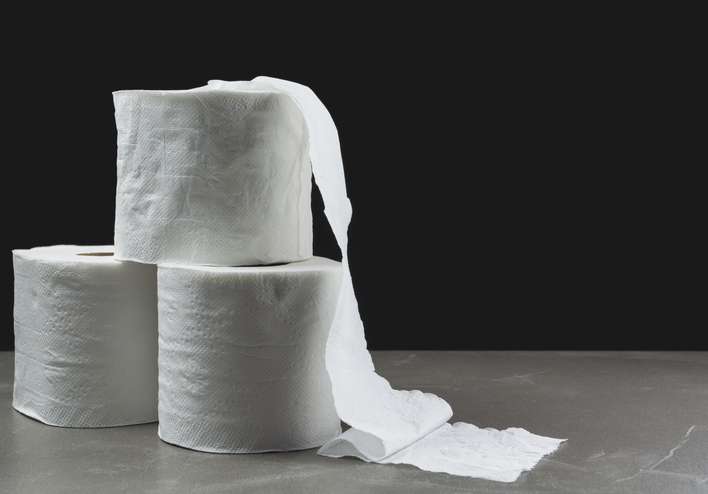calf
(noun, verb)
/kæf/
 LISTEN
LISTEN


A calf is a young domestic cow, or the young of other animals like elephants, seals, and whales. In clothing, calf refers to calfskin leather. Informally, a silly man or boy can also be called a calf, although this meaning is rarely heard now. Unrelatedly, a calf is also the fleshy part of the back of the leg below the knee.
Example sentences
- The cows and their calves are grazing in the meadow.
- The whale and her calf swam alongside the boat.
- John bought a new wallet in calf.
- Mr. Cobham called his apprentice a foolish calf and told him to do his work over again.
- The cyclist has strained a muscle in her calf.
Words often used with calf
in calf: pregnant, when we are talking about a cow. Example: “The farmer saw that most of the cows were in calf.”
kill the fatted calf: to prepare a feast in celebration of someone’s return. The expression comes from the story of the prodigal son in the Bible. Example: “Kill the fatted calf! The kids are coming home for the holidays.”
Additional information
Figuratively, an iceberg breaking off a glacier can also be called a calf. The related verb calve means ‘to give birth to a calf’ or, when we are talking about a glacier, to shed a mass of ice. You can see that happening in the Perito Moreno glacier in Argentina in this video:
Did you know?
We are always interested in your well-being here at WOTD, so here is a workout video showing you some great exercises for toning your calves:
Origin
Calf dates back to before the year 900. The Old English cealf, cælf or calf (the spelling was standardized as calf in Middle English) originally meant ‘a young cow,’ and can be traced back to the Proto-Germanic kalbam, and may have originated in the Proto-Indo-European root gel-, meaning ‘to swell’ (as the womb of a pregnant animal swells, and the offspring is, figuratively, the swelling). It is related to the Saxon kalf, the Old Norse kalfr, the Middle Dutch calf, the Old High German kalb, the German Kalb and the Gothic kalbo, all meaning ‘calf.’ It has been used to describe the young of other animals since the 13th century, and the leather of a calf since the early 18th century. Its figurative use for icebergs dates back to the early 19th century. The unrelated noun calf, meaning ‘the fleshy part of the lower leg,’ dates back to the early 14th century. It came into English through the Old Norse kalfi, but its origin is unknown. It is thought that it may come from the same Proto-Indo-European root, gel-.
Word of the Day is released Monday through Friday.



